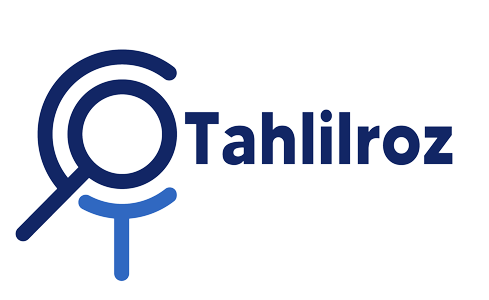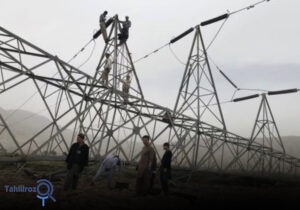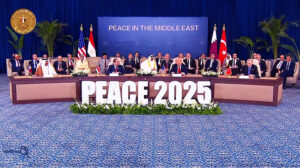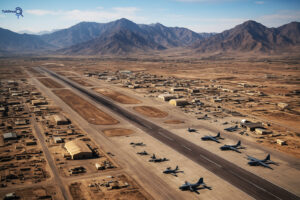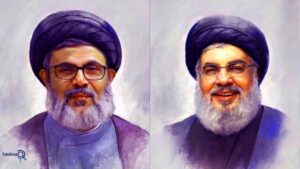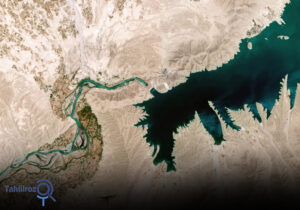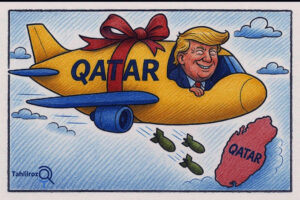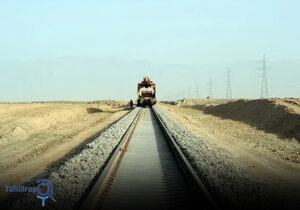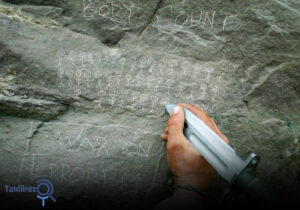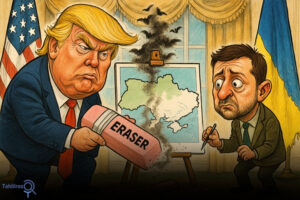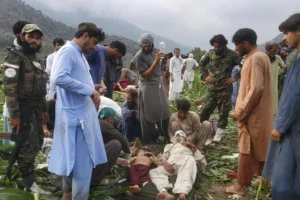After years of tensions and disputes over Helmand River water, Iran and Afghanistan finally put an end to their arguments on 12 August 1973 by signing the Helmand water Treaty and determining the amount of Iran’s right to use this river. This treaty, which was signed with the wish to permanently resolve all the causes of disputes regarding Helmand River water and for the purpose of good international relations and a sense of brotherhood and neighborliness. But recently, disputes between Iran and Afghanistan over Helmand River have intensified. Therefore, we decided to review Helmand Water Treaty of 1973 and examine its solutions to resolve the disputes that have arisen.
What we need to know about the Helmand treaty
- The process of signing, approving and enforcing the treaty: : The Helmand treaty, which was signed after many discussions and technical and legal reviews in Kabul by the competent representatives of the two countries. In this treaty, Iranian Prime Minister Amir Abbas Hoveyda represented Iran, and Afghanistan was represented by Mohammad Musa Shafiq, the Prime Minister of Afghanistan. According to Article 12 of the treaty, the condition for the implementation and entry into force of the treaty was the exchange of authenticated documents after going through its legal procedures between the governments.
- Amount of Iran’s water right: According to Article 2 of the Helmand Treaty, the total amount of water delivered to Iran from the Helmand River in the normal water year and above the normal water year from Afghanistan is limited to the average flow of 22 cubic meters per second. A “water year” is a period from October 1st to the end of September of the following year.
- Ways to resolve disputes: According to Article 9 of the Helmand Treaty, in case of a dispute in the interpretation or implementation of the articles of this treaty, the parties will try to resolve the dispute firstly through diplomatic negotiations and secondly through the efforts of the third authority. As long as these two ways do not work, the dispute will be assigned to arbitration based on the item listed in protocol number 2 of the appendix of this treaty. Thus, the methods of resolving disputes regarding the interpretation or implementation of the treaty between the two countries include diplomatic negotiations, the third authority and arbitration.
Diplomatic negotiations as a method of resolving disputes in Helmand Water Treaty of 1973
One of the oldest and simplest ways to resolve international disputes is negotiation and direct dialogue between the two sides of the dispute, which is held to reach an understanding on the subject of the dispute. Among the merits and advantages of this method is secrecy and flexibility in negotiations and discussions, and the condition of reaching an agreement also depends on the will of the parties.
The Helmand Water Treaty of 1973 has also provided diplomatic negotiations as the first way to resolve disputes regarding the interpretation and implementation of the treaty, due to the concern for the feelings of brotherhood and neighborliness, the cultural and historical ties of the people on both sides of the border.

The third-party mediation as a method of resolving dispute in Helmand Water Treaty of 1973
In case of failure of the negotiation to resolve the dispute, there is a method of third-party’s mediation, based on which a neutral third authority, either an individual or a government, provides the basis for understanding and compromise between two governments in dispute and tries to confidentially present its compromise proposals to the parties, without directly interfering in the negotiations.
Arbitration as a method of resolving dispute in Helmand Water Treaty of 1973
Arbitration is one of the well-known ways to resolve international disputes, which has a special role in obtaining specialized judgments, as well as ease of reference and reducing the time of hearing and issuing judgments. This method is provided in many bilateral and multilateral treaties between countries.
Helmand Water Treaty of 1973 also proposed arbitration after diplomatic negotiations and third-party’s mediation as the last method to resolve the dispute regarding the interpretation and implementation of this treaty.
In this treaty the following rules have been mentioned for arbitration:
- Each of the parties appoints one of its nationals as the judge.
- The third judge, who is the head of the arbitration court, will be determined by the agreement of the parties within three months after the appointment of the members. If the third arbitrator is not selected within three months, the parties or one of the parties will request the Secretary-General of the United Nations to appoint a third arbitrator.
- The Court of Arbitration, upon the agreement of the parties, establishes the necessary and effective procedure for the implementation of its affairs, which is in agreement with the provisions of the treaty and protocols, tries to implement the assigned matters in accordance with the treaty and within its limits.
- The Court of Arbitration makes a copy of its decision (opinion) available to the parties that has been approved by written reasons.
- The final decision (verdict) issued by the Court of Arbitration is definitive and enforceable.
According to Article 7 of the aforementioned protocol, “the expenses for each arbitrator are paid by the government that appointed the arbitrator, and the expenses of the third arbitrator are paid equally by the parties.

Conclusion and suggestion
The dispute resolution methods mentioned in the Helmand Treaty of 1351 and the protocol attached to this treaty show the emphasis of the parties on resolving the dispute amicably, and this is because both sides were well aware of the long-standing historical and cultural ties and the common interests of the people of the two countries. This feeling can be understood in many parts of the treaty.
Therefore, it is desirable that in the present situation, the authorities of both countries, taking into account the historical and cultural ties and the interests of the two nations and understanding the human needs of the people on both sides of the border, first give the commissioners of the two countries a mission to review the water situation in the region and draw up the necessary plan and without giving the ill-wishers the opportunity to abuse, end the issue of dispute through diplomatic negotiations; However, if the diplomatic negotiations do not reach a conclusion, they should pursue any of the dispute resolution methods mentioned in the treaty in good faith.

Translator: Mohsen Shahrafiee
